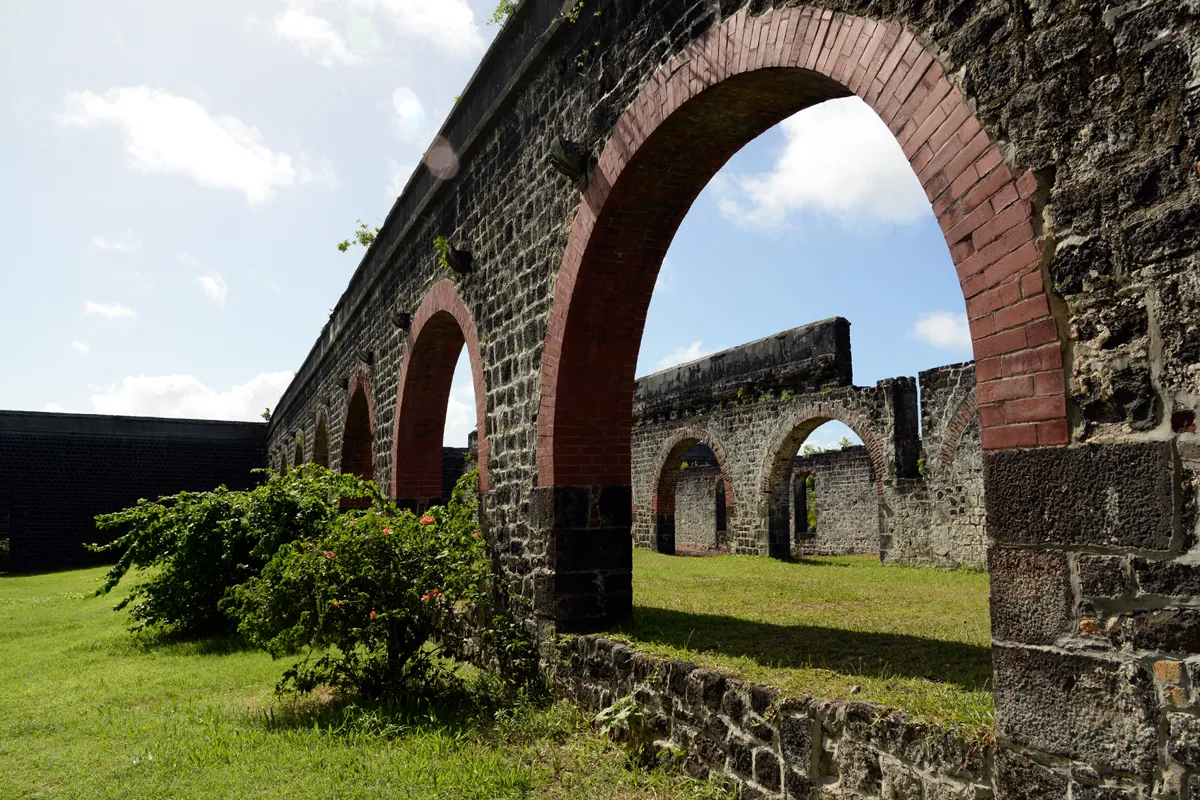
Mauritius is an island where the sugar industri has played a major role for the economics and development of the island. During my many visits, I have seen many chimneys standing upright and all alone without any other sighns of buildings surrounding it. Often they are standing in a field of sugar canes. This time I wanted to visit the museum L'Aventure du Sucre (check previous post) to really get the history behind the sugar adventure. Also, I wanted to check out some of the remaining sugar mills on the island. This is the ruins of a beautiful sugar mill at Belle Mare on the east coast. It was built in 1822 and closed in 1875. After my visit I found out that it is classified as National Heritage Site.



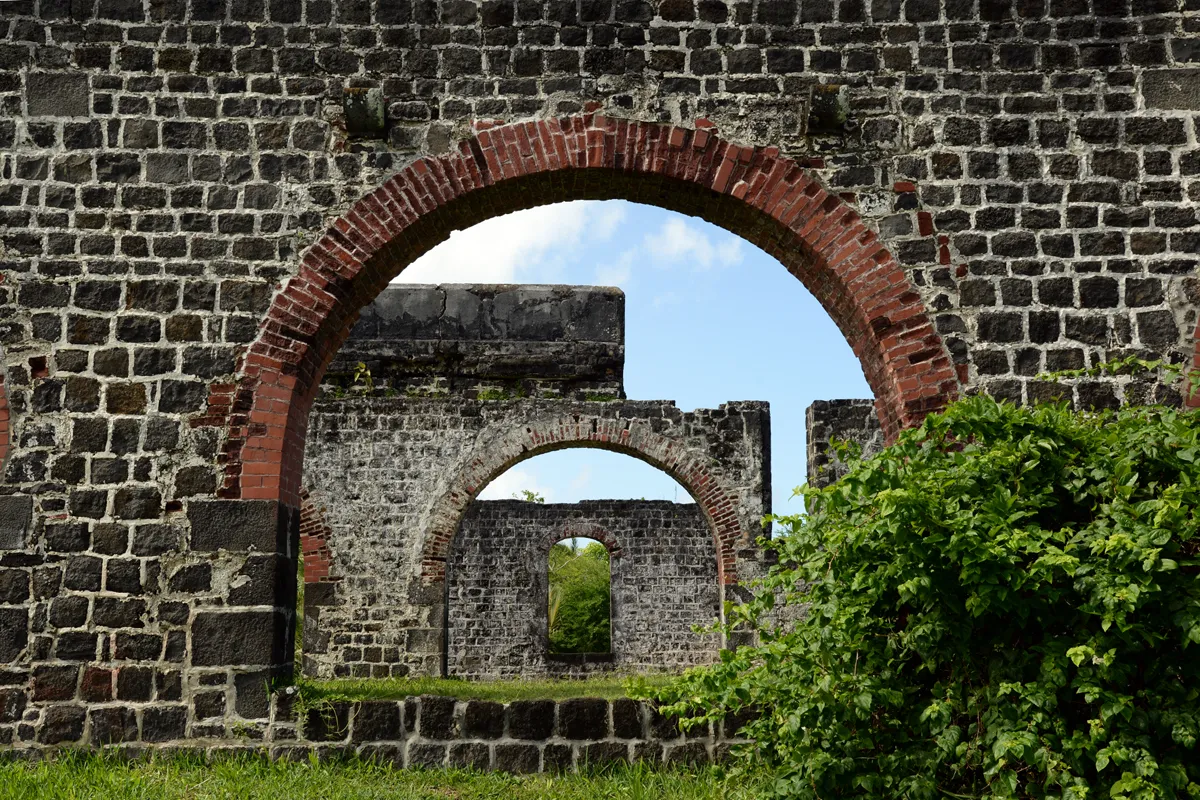

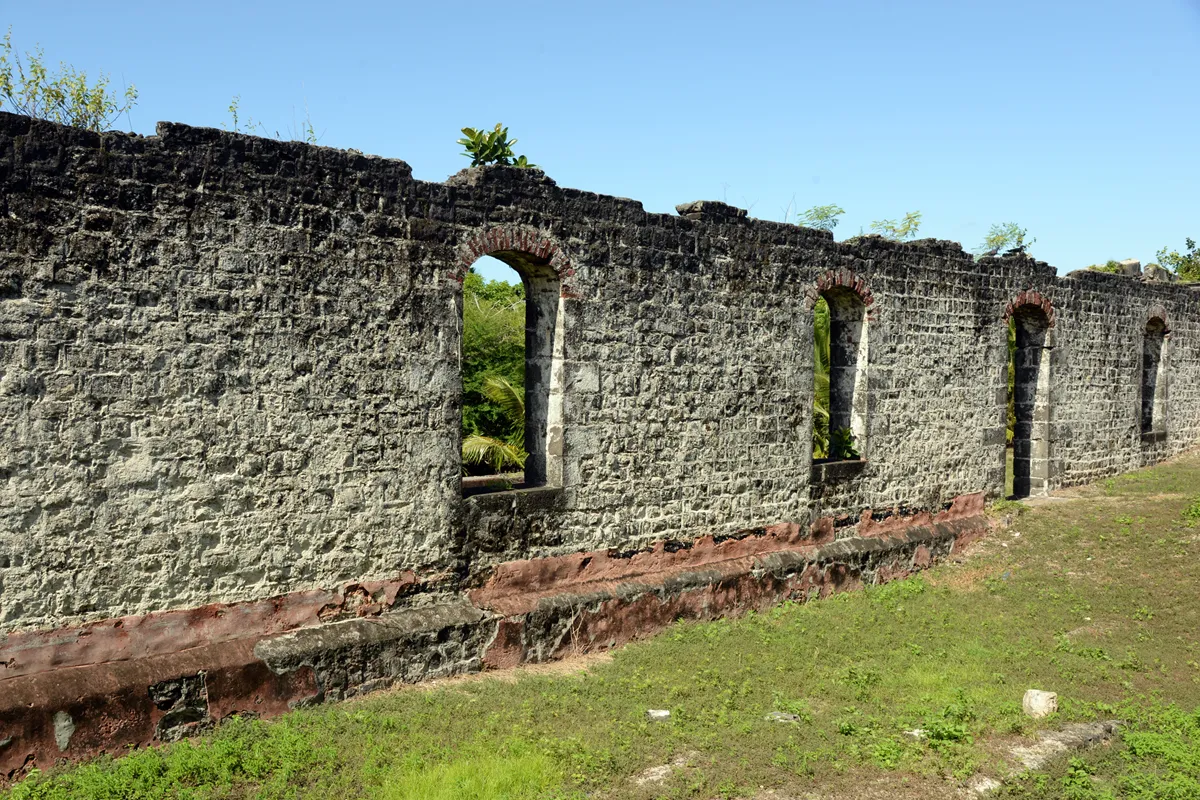
When we arrived, we could see only the two chimneys from the road. We both had driven past before, but without knowing that there is more to the place than the chimneys. We parked the car and walked up in front of the ruins. It is private property, but we met a man who told us that he is looking after the place. It was no problem to take a look at the ruins.

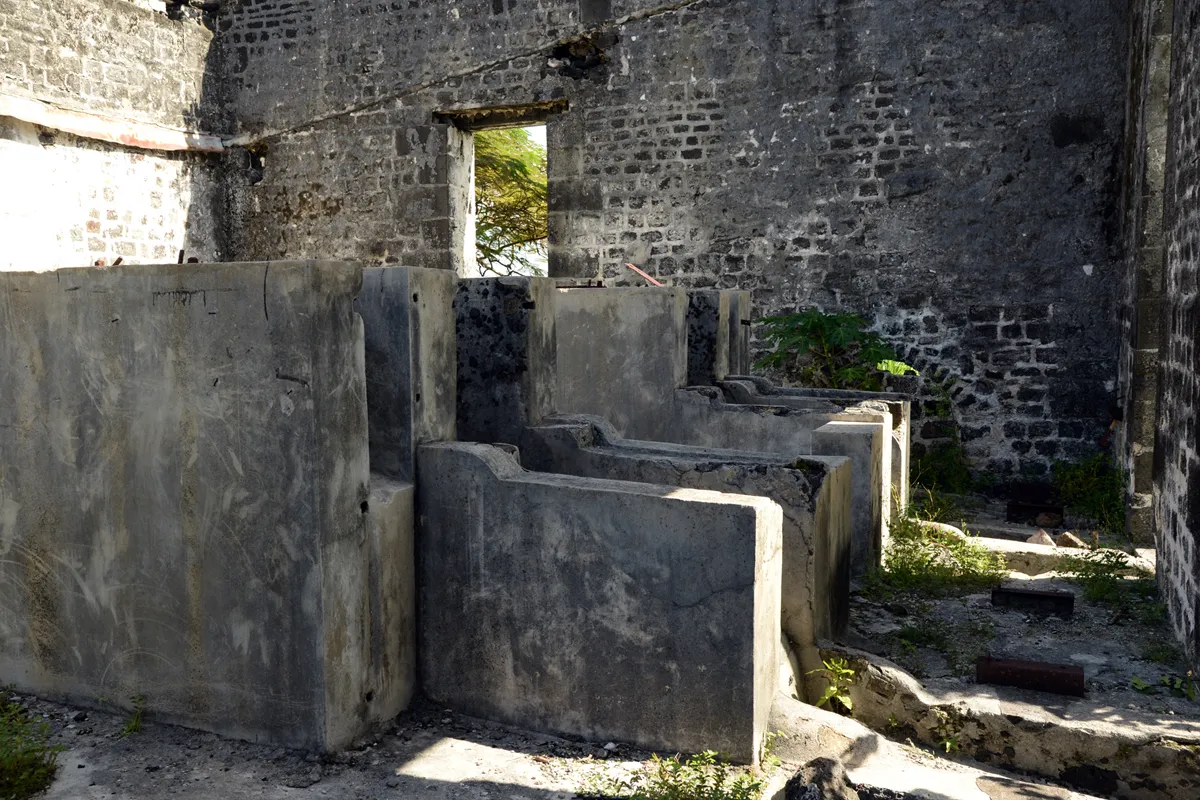
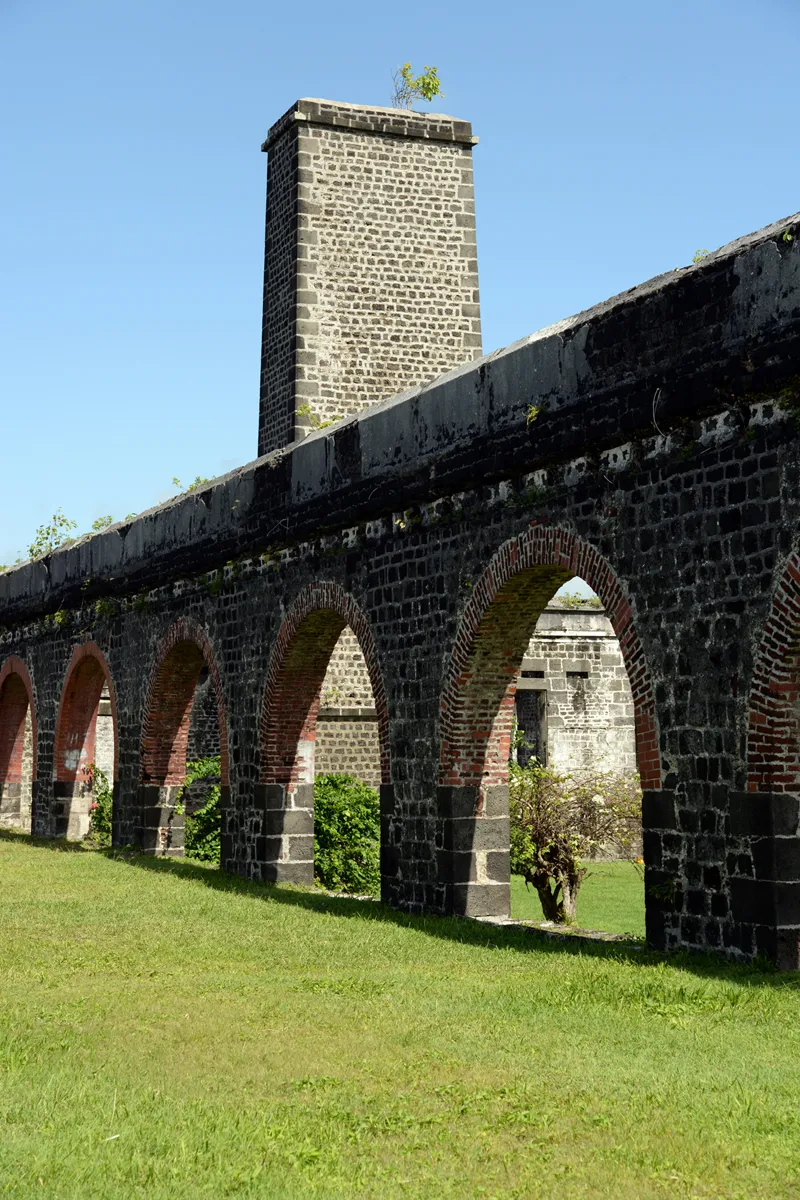


This place revealed magnificent walls that remain as a memory of a bygone era. There is nothing left of machinery or anything else that must have been inside the buildings. Only the walls and the two chimneys remain. There are large trees in a row in front of the long wall with the arches. It looks well maintained and surrounded by sugar canes. We took a walk around the whole complex on the outside and inside the buildings. We tried to guess how they have been used and where the sugar canes were brought in.

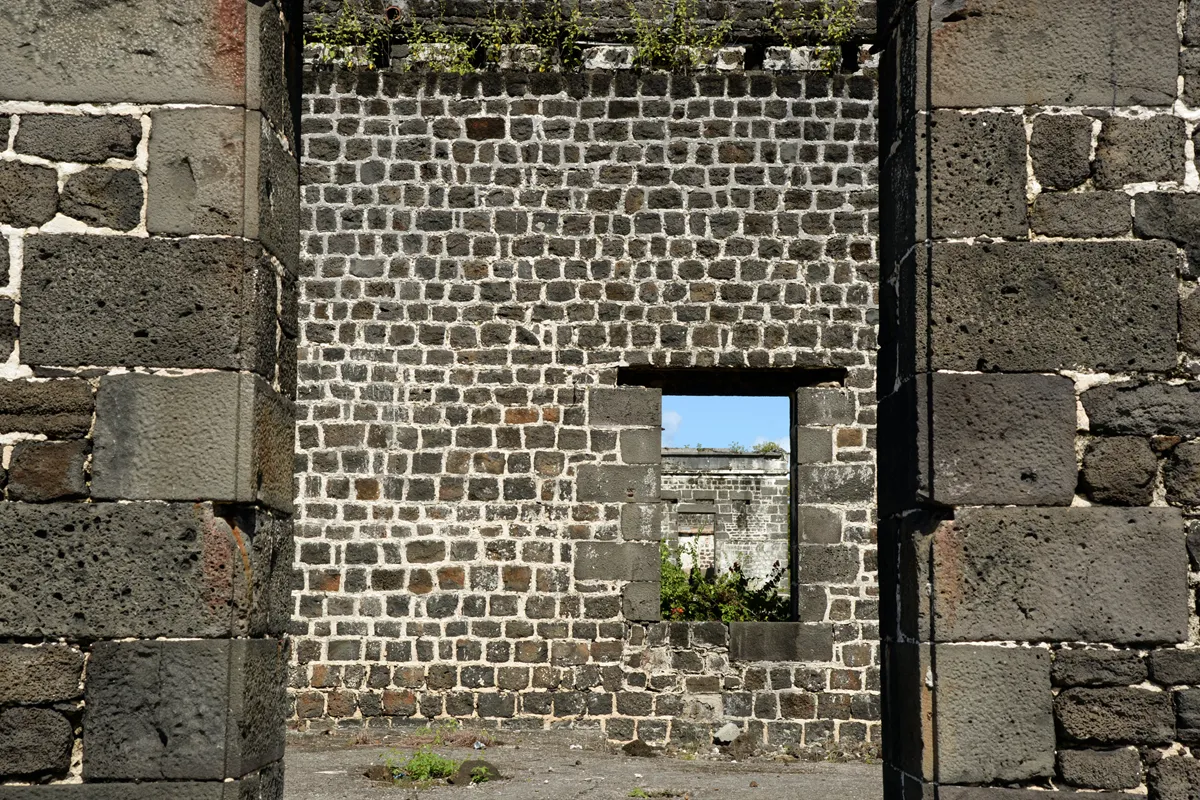


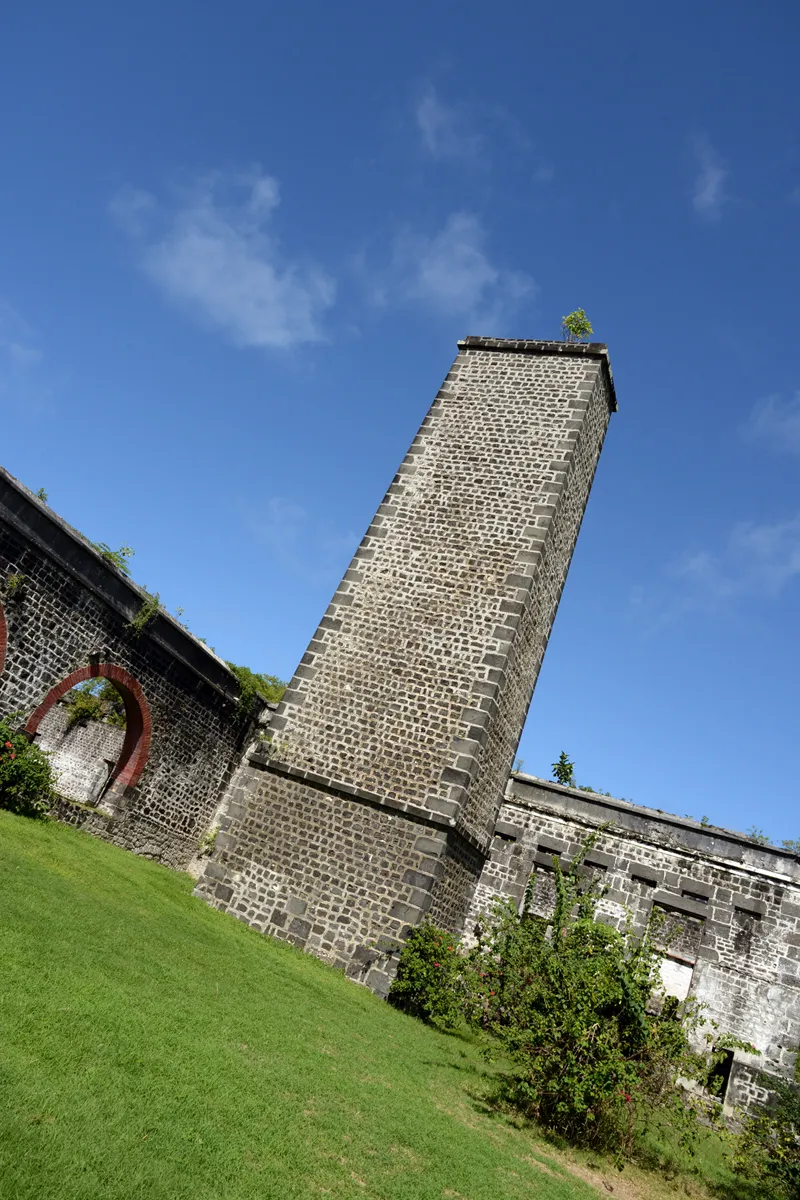
Sugar canes were introduced by the Dutch who were the first to start to colonize Mauritius in the 1600s. (then the French and the British) For around 250 /300 years this industri was booming. Durig these years more than 300 sugar mills were built. Only 3 are operational today. The decrease in the sugar industri was due to economic issues like prices, competetion and demand. Eventually many of the sugar mills were shut down. By the turn of the century (1900) the sugar industri became centralized, causing many minor mills to be under one of the larger ones.


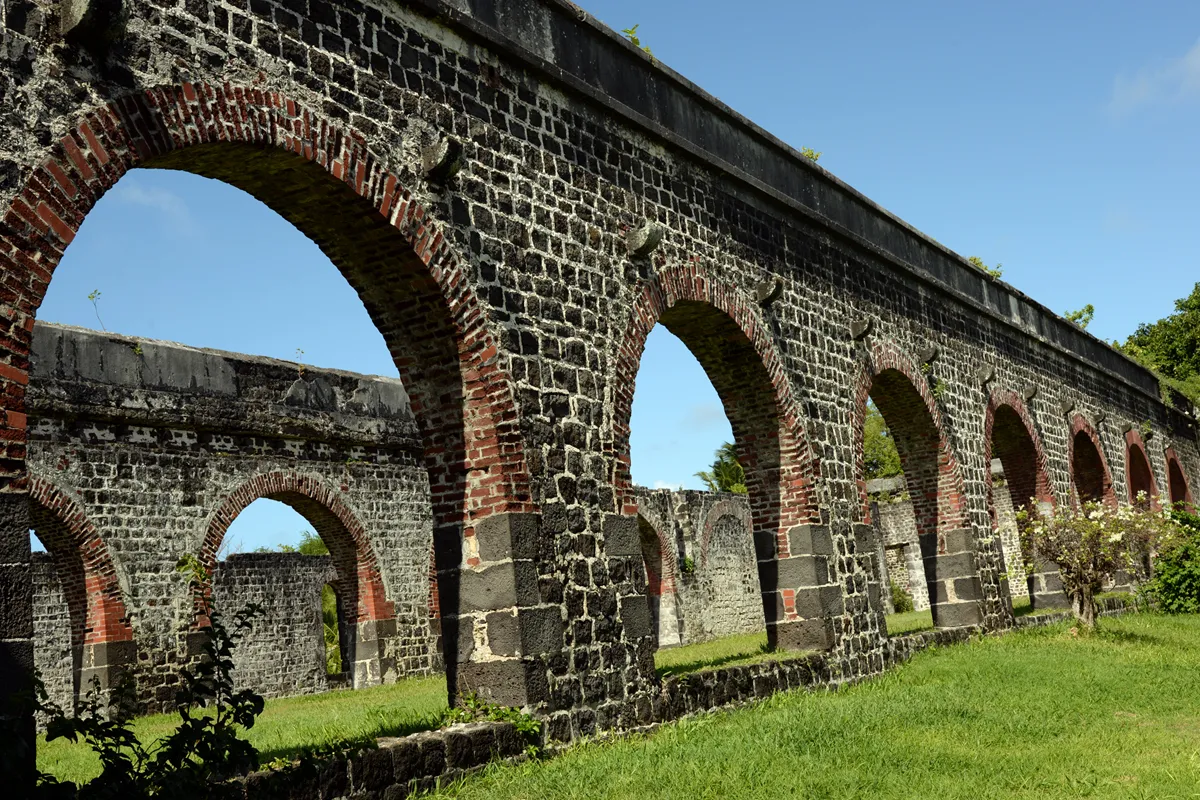
After inspecting the ruins that once formed the factory itself, we ended up at the other end of a smaller building. We only look at it on the outside
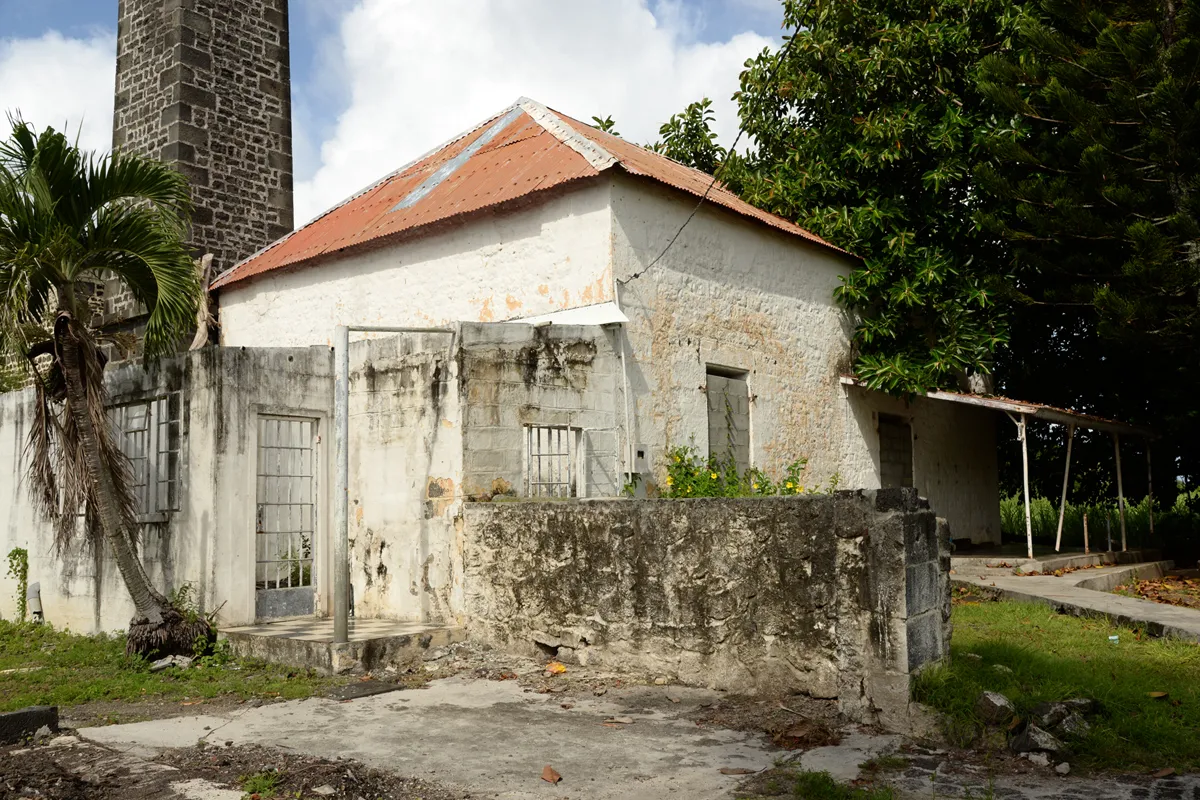

We assume it has been residential. There is a porch in front and when we look into one of the windows, we see a room that may have been a kitchen and a little further in we see tiles, which may indicate that there has been a bathroom. It does not seem to be as old as the ruins or what connection it has had to the factory itself.

The place certainly revealed a lot more than just a couple of chimneys. It's definitely worth making stops when seeing a chimney.
A previous post about the development of the sugar and Mauritius:
Mauritius - The story about how the sugar adventure is linked to the history of the island
Please do follow if you want to keep up with my next photo shoot. Any upvotes or reblogs are hugely appreciated!
Latest photo shoot, check out :
MONOMAD - Now and then in Port Louis (5 photos)
U.J
Kristiansand, Norway
All the photoes are mine, Ulla Jensen (flickr, Instagram and facebook)
[//]:# (!pinmapple -20.198335 lat 57.777503 long Architecture - The remains of a factory from 1822 (Mauritius / 23 photos) d3scr)
Read about us? // Main page!
Latest content: Travel, Art, Article, Poetry
























